No wine was harmed in the making of this research
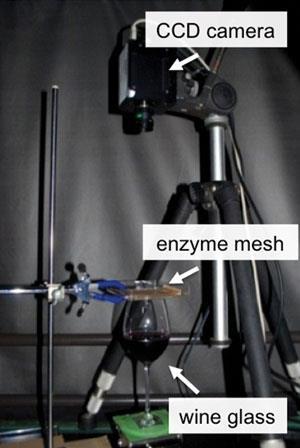
Seeing is smelling for a camera system developed by scientists in Japan that images ethanol vapour escaping from a wine glass. And, perhaps most importantly, no wine is wasted in the process.
Kohji Mitsubayashi, at the Tokyo Medical and Dental University, and colleagues impregnated a mesh with the enzyme alcohol oxidase, which converts low molecular weight alcohols and oxygen into aldehydes and hydrogen peroxide. Horseradish peroxidase and luminol were also immobilised on the mesh and together initiate a colour change in response to hydrogen peroxide. When this mesh is placed on top of a wine glass, colour images from a camera watching over the mesh on top of a glass of wine can be interpreted to map the concentration distribution of ethanol leaving the glass.
Different glass shapes and temperatures can bring out completely different bouquets and finishes from the same wine. So Mitsubayashi’s team analysed different wines, in different glasses – including different shaped wine glasses, a martini glass and a straight glass – at different temperatures.
At 13°C, the alcohol concentration in the centre of the wine glass was lower than that around the rim. Wine served at a higher temperature, or from the martini or straight glass, did not exhibit a ring-shaped vapour pattern. ‘This ring phenomenon allows us to enjoy the wine aroma without interference of gaseous ethanol. Accordingly, wine glass shape has a very sophisticated functional design for tasting and enjoying wine,’ explains Mitsubayashi.
Wine scientist Régis Gougeon, from the University of Burgundy, France, says the work is really interesting when considering its experimental setup, which allows for a rather straightforward and inexpensive detection of ethanol. ‘Bearing in mind the flavour enhancer properties of ethanol, this work provides an unprecedented image of the claimed impact of glass geometry on the overall complex wine flavour perception, thus validating the search for optimum adequation between a glass and a wine.’
In the future the system could help indicate the best wine glass and precise temperature to serve a certain wine.
References
This article is free to access until 22 May 2015. Download it here:
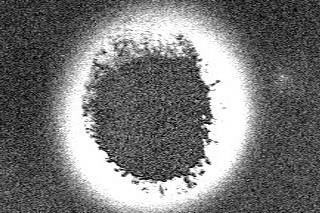
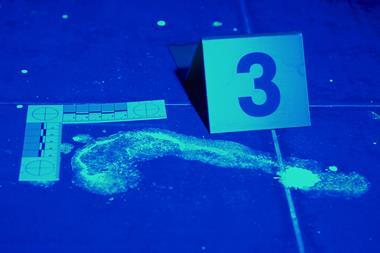
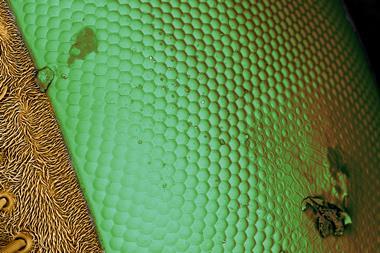


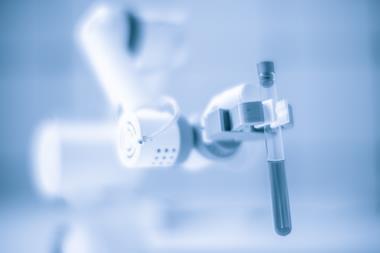
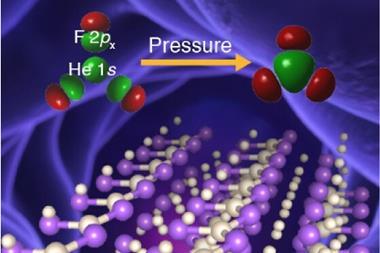

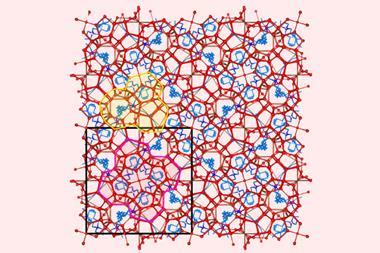

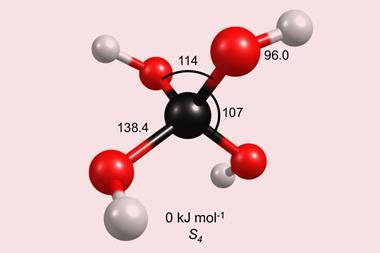
No comments yet